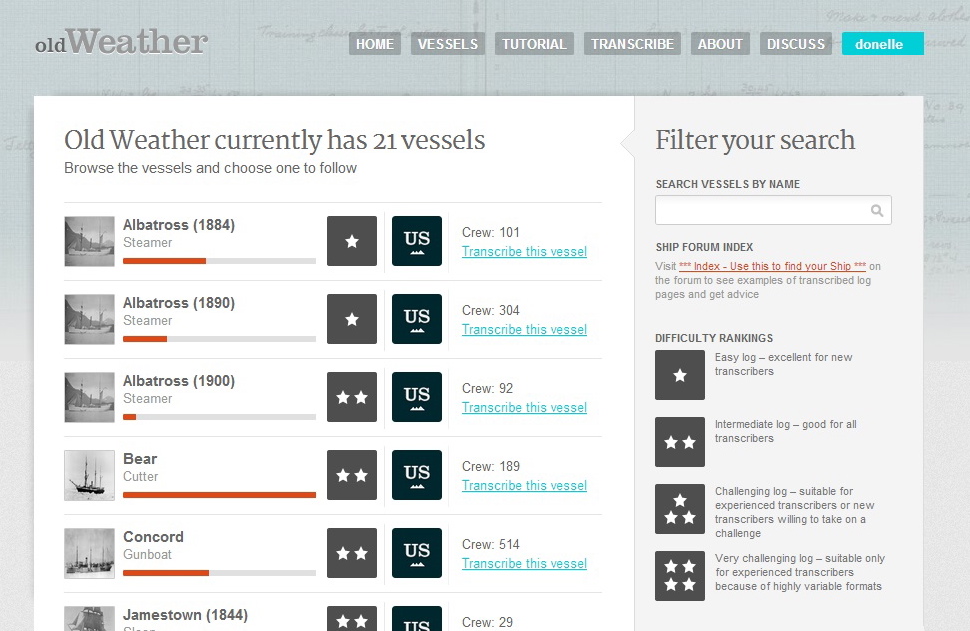Websites for crowdsourcing cultural heritage support participation and contribution quality by conveying a sense of community.
Explanation: The project community is comprised of contributors and the project team, and may include users of project output.
Benefits: A visitor’s decision to contribute may be positively influenced by the prospect of belonging to a community, and by the presence of other people, which raises expectations of project success. Users who are motivated by being part of a community may submit higher quality contributions due to a sense of commitment, and return to contribute more.
Examples of compliance with this principle:
- Emphasizing the collaborative nature of the project
- Inviting contributors to register, and displaying contributor names or handles
- Displaying contributor profiles
- Evidence of community interaction
- Displaying welcome messages to new contributors
- Publicly acknowledging new contributors
- Publicly displaying community announcements, such as project news, progress updates and new website features
- Linking to related crowdsourcing communities.
A website that does not convey a sense of community to users, despite techniques employed with a view to achieving this, is an example of non-compliance.

